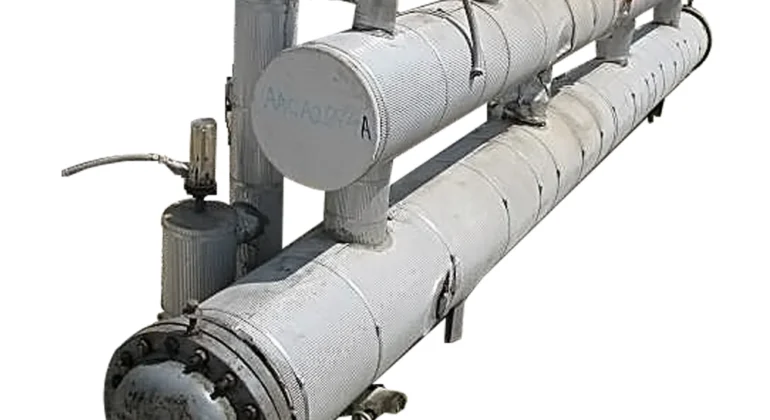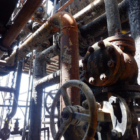Our team at TechCorr was entrusted with evaluating possible damage to vital infrastructure components following a large-scale fire incident at a crude distillation unit. TechCorr expert professionals performed a thorough hardness test analysis using cutting-edge Non-Destructive Testing (NDT) procedures to assess the integrity of diverse equipment exposed to high heat.
The Challenge: Personnel safety and incident containment are the top priorities in the event of a refinery fire. Determining the degree of damage to vital equipment and whether it is fit for further use are two new difficulties that arise in the aftermath. In this instance, the customer had to undertake the difficult work of assessing the integrity of important parts that had been exposed to intense heat, including exchangers, drums, and pipes.
TechCorr’s NDT experts tackled this task with a strong emphasis on accuracy and comprehensiveness. The specialists realized that the thoughtful selection of test points, the application of several testing tools, and the thorough data analysis were critical to the assessment’s dependability. The team started by carefully marking the places that were heated by radiation and those that were in direct contact with the fire. By taking a thorough approach, the engineers were able to record the entire range of heat effects on the machinery. The team used a variety of hardness testing tools, such as the Novotest T-U1 ultrasonic hardness tester, the Hardness Tester series E00-0098 impact durometer, and the Sndway SW-6230 impact durometer, to guarantee the accuracy of our measurements. This technique of triangulation produced a solid dataset for examination.
TechCorr’s professional team carefully analyzed the hardness values at various spots on every piece of equipment in order to search for any signs of microstructural alterations brought on by fire. For example, while evaluating the E-12 Exchanger, we found that the hardness values were generally within the conventional ranges, with minor deviations that were more likely to be caused by thermal stress relief during production than by fire damage. Overall, the analysis showed that the evaluated materials’ hardness ratings stayed within allowable bounds. Significantly, some regions had reduced hardness, most likely as a result of earlier thermal stress alleviation procedures. Most importantly, the materials’ resistance to harsh conditions was confirmed by the lack of evidence of microstructural changes brought on by the fire.
This case study demonstrates the effectiveness of sophisticated NDT techniques in post-incident evaluations is. TechCorr was able to offer crucial insights into the structural integrity of essential refinery components by utilizing accurate hardness testing techniques. The results guaranteed that the client could move forward with assurance, understanding that their equipment would continue to be secure and functional. Our dedication to employing state-of-the-art technology and meticulous analysis upholds TechCorr’s leadership in asset management and nondestructive testing. This proactive strategy highlights the significance of thorough post-incident reviews in the sector by addressing both immediate safety concerns and long-term operational reliability.




